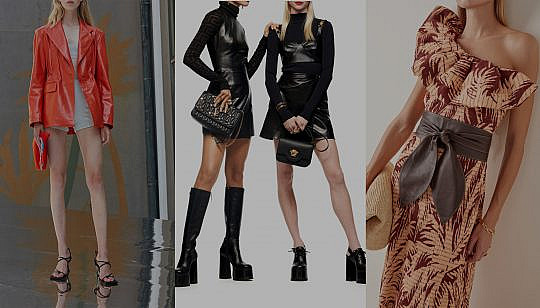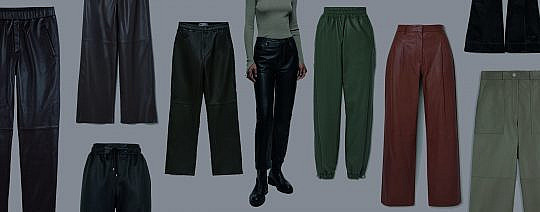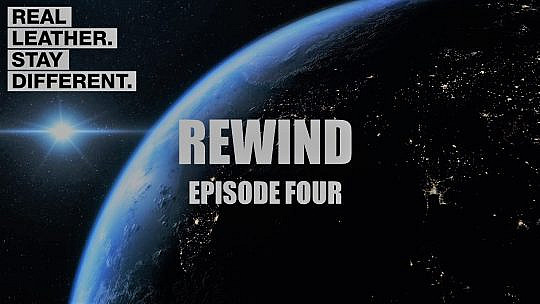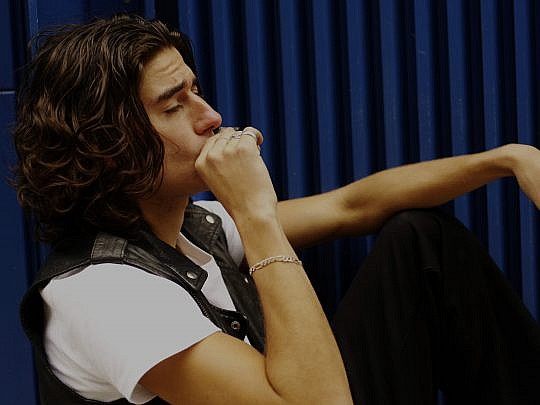
Mike Adler on summer accessories
Ready to leather up for summer? Take a look at Mike Alder's pick of the season edit.
We have discussed sustainability and environmental impact assessments many times on this website, but here’s one simple way to change our behaviour to help the planet – make more use of the things you have.
Impact per use is quite a simple concept, but it is one relatively few people take into account. If you work out the environmental impact of something, you must consider how many times it is used.
The fashion industry is responsible for about 10% of global carbon emissions and that figure is increasing. According to the European Union, buying textiles generates 654kg of CO2 yearly emissions PER PERSON. This is because of fast fashion. Clothes and accessories are being designed to be made cheaply, worn little then thrown away. This means consumers have to buy more and more. This model is unsustainable and needs to be broken.
Since 1996, the amount of clothes bought in the EU per person has increased by 40% because of a sharp fall in prices and the reduced life span of clothing. Europeans use nearly 26 kilos of textiles and discard about 11 kilos of them every year. 87% of this is incinerated or landfilled. Globally less than 1% of clothes are recycled, partly due to inadequate technology.
If you calculate sustainability by environmental cost per use, if something is only used once, that single use bears the whole weight of its environmental impact. The more something is used, the more its impact is diluted. If a piece of clothing or accessory is disposed of without ever being used, its impact calculated by cost per use is infinite. Unfortunately, this happens much more often than you might imagine. Many fast fashion companies manufacture clothes so cheaply that, profit-wise, it is better for them to overproduce than to risk not having a product in stock when a consumer orders it. This overproduction is rarely recycled. It is usually dumped or burned.
Clothes and accessories used to be designed to last and to be used many, many times. We need to go back to this way of thinking. The best way to do this is buy things that are well crafted from durable materials, materials such as leather. This may cost a little more financially in the short term, but not in the longer term. And the cost to the environment will be far less.

Ready to leather up for summer? Take a look at Mike Alder's pick of the season edit.

Jeans have long been a style staple in our capsule wardrobes, but this season leather pants have taken centre stage.

Episode four of Rewind – ‘Our Future’— ties together the themes of the first three episodes to offer a vision of the future where practices from the past, including sensitive farming and the best use of leather and other natural materials, can

In this month's Street Seen, Meet Otto, an aspiring photographer from North London!